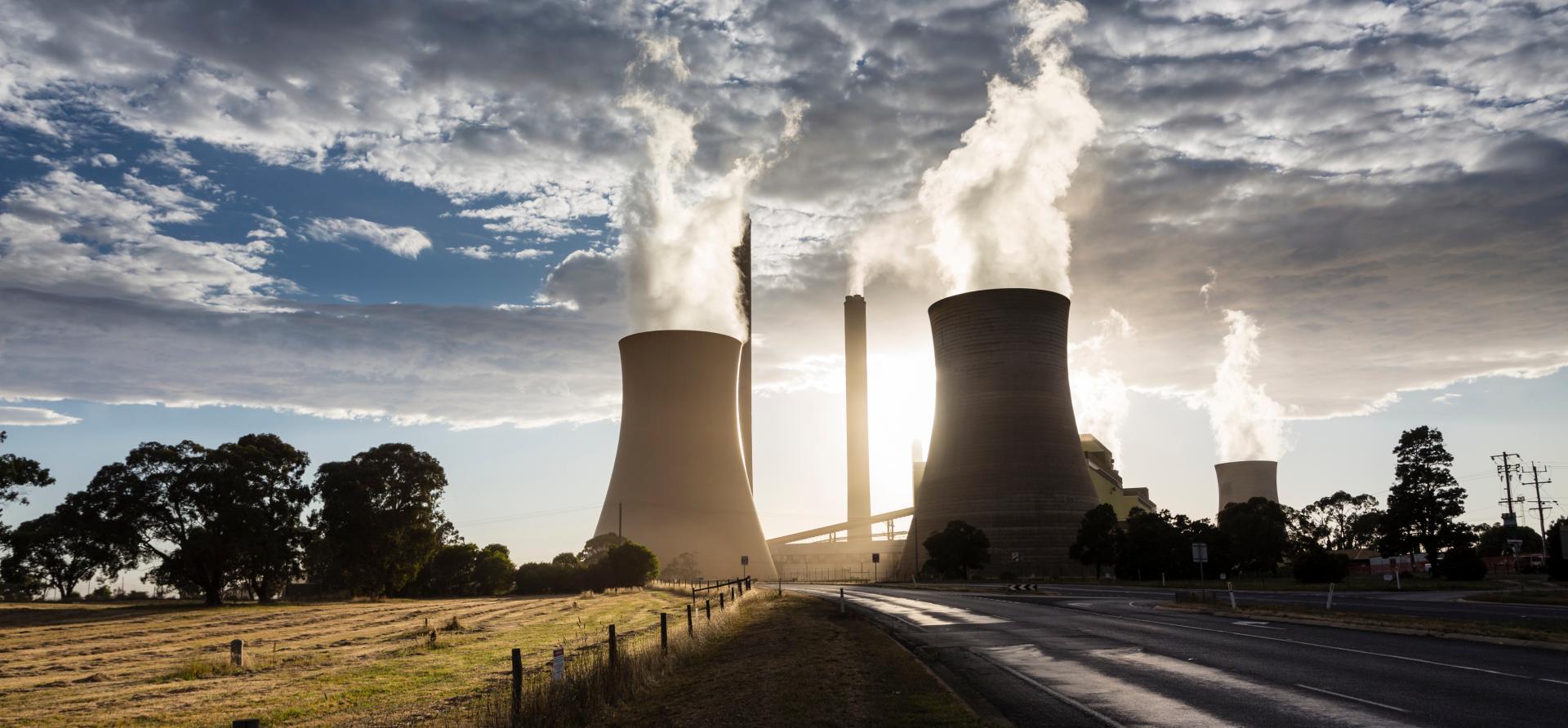
Key Findings
The cost of carbon capture and storage (CCS) remains unclear as no known new power plants have been built with the technology installed and operating at commercial scale.
Optimism bias is rampant, favoring CCS as a decarbonization and “sustainable” solution in the power sector, but who ends up paying for it is an uncertainty adding to the financing risk.
If CCS is applied with all costs borne by increasing electricity prices, annual volume weighted average wholesale prices could climb by 95% to 175% in Australia.
Thermal power generation with CCS has a levelized cost of electricity of at least 1.5-2 times above current alternatives, such as renewable energy plus storage.
Executive Summary
The prospects for carbon capture and storage (CCS) in the power sector are far from certain.
Not only is it unable to consistently deliver on performance claims, expensive to build and fraught with failures, but the impact on electricity prices if the cost is passed through to consumers would be unsustainable.
The impact on electricity prices if the cost is passed through to consumers would be unsustainable.
Despite these challenges, CCS has been marketed as a decarbonization and “sustainable”
solution in the power sector, to the extent that it has made its way into policymaking discussions.
For example, green or sustainable finance taxonomies recognize fossil-fired power plants as “sustainable” investments if emissions meet a specified threshold, implying a need for CCS.
The issue is that CCS for fossil-generated plants would not be sustainable if consumers cannot afford electricity. This report takes a closer look into the economic case for CCS in the power sector.
A summary of our findings is as follows:
The cost trajectory for CCS remains unclear. No known new power plants have been built with CCS installed and operating at commercial scale. While two major retrofit power projects have been implemented, one has since suspended operation and both projects had performed well below target capture rates of 90%.
Yet, optimism bias is rampant. Proponents of CCS provide low cost forecasts that are a long way from the estimates of prominent organizations and significantly more optimistic than the likely reality. Additionally, estimates generally do not include a range of other costs including transport, storage, monitoring and possible remediation or penalties, which have a high degree of variability, and so they only paint part of the picture of carbon capture expenses.
In addition to cost uncertainties, how the expenses would be recovered is an added ambiguity. Our analysis shows that if CCS is applied with all costs borne by increasing the electricity price, then annual volume weighted average wholesale prices could increase by 95% to 175% in Australia. If the hike in wholesale prices is passed on, consumers are unlikely to take well to increasing electricity prices to fund CCS in the power sector. Retail electricity prices have already significantly climbed due to recent global energy inflation, resulting in pressure on the budgets of households, particularly those on low incomes, and are expected to rise further due to ongoing supply chain and geopolitical issues.
Our analysis also shows that the levelized cost of electricity (LCOE) for power generation with CCS is at least 1.5-2 times above current alternatives, which include renewable energy plus storage. Additionally, although solar and wind LCOEs have recently crept up, they are expected to return to the downward trajectory. Battery storage system prices and the resultant LCOEs will also likely improve dramatically as technology is deployed more widely at a much larger scale and is expected to displace gas-fired firming in the longer term.
Any significant government spending on or subsidization of less economically efficient technologies, including CCS, would ultimately be borne by the public through, for example, income taxes. However, this seems to contradict the need for government to use public funds responsibly in light of more technically sound options and the economical, rapidly improving and deflationary nature of renewable and battery storage alternatives.
Until a viable source of funding is available, who ends up paying for the cost of CCS in power generation is yet another uncertainty adding to the financing risk.

















